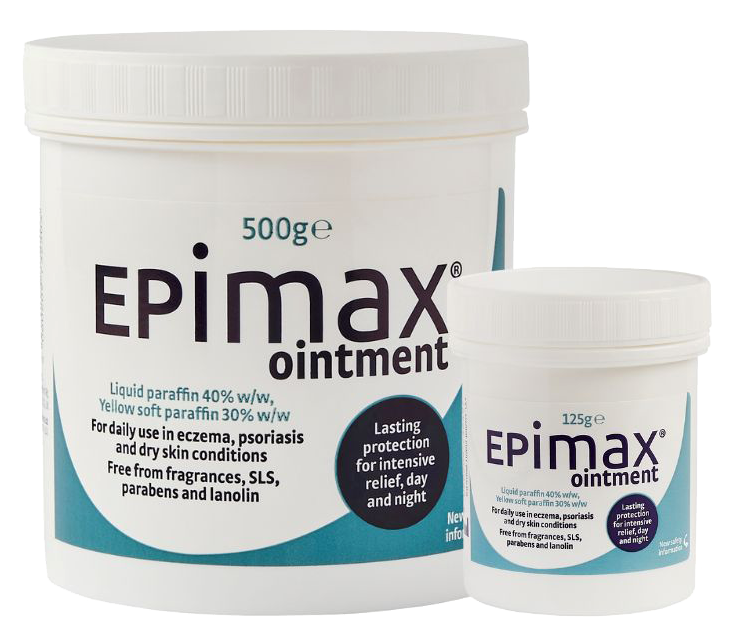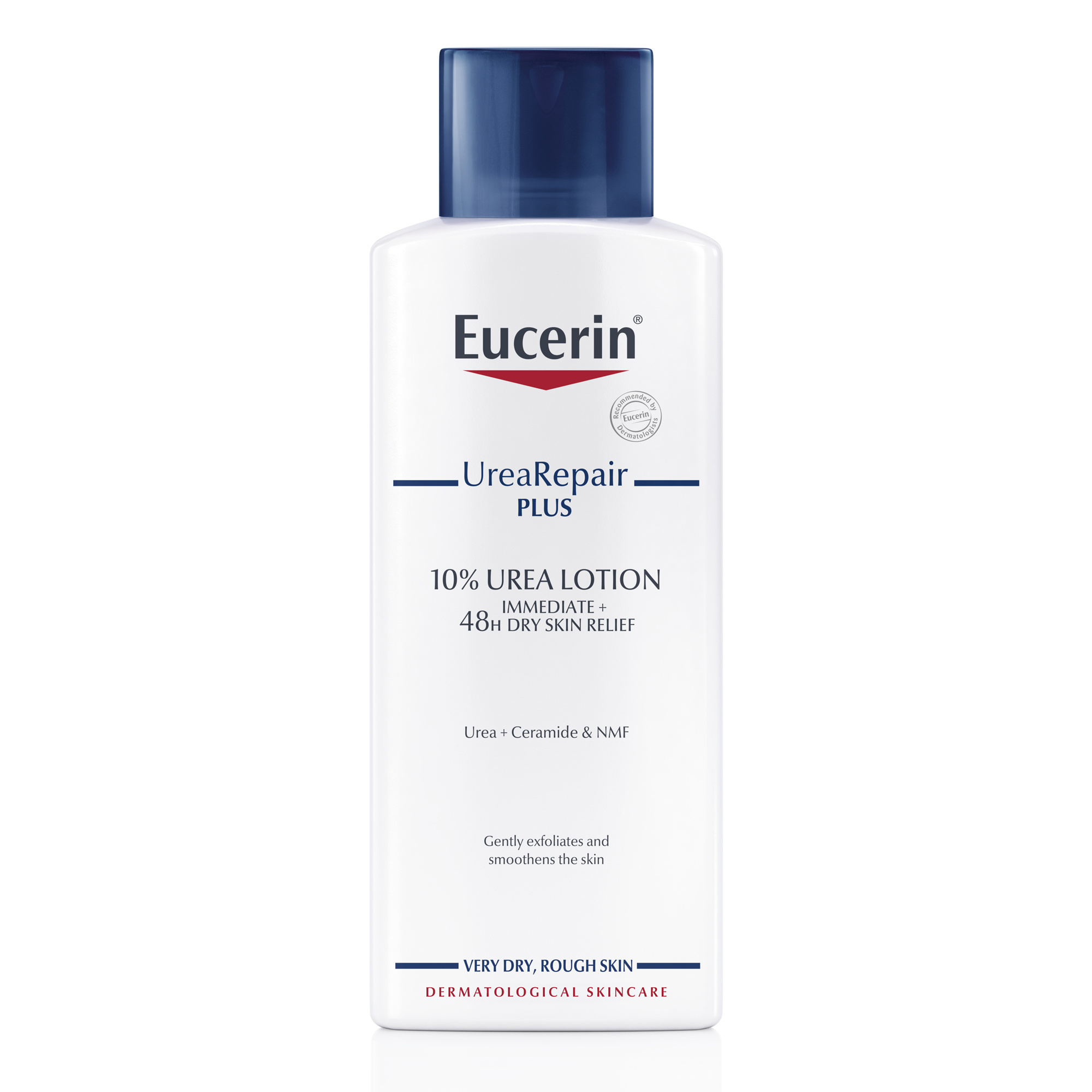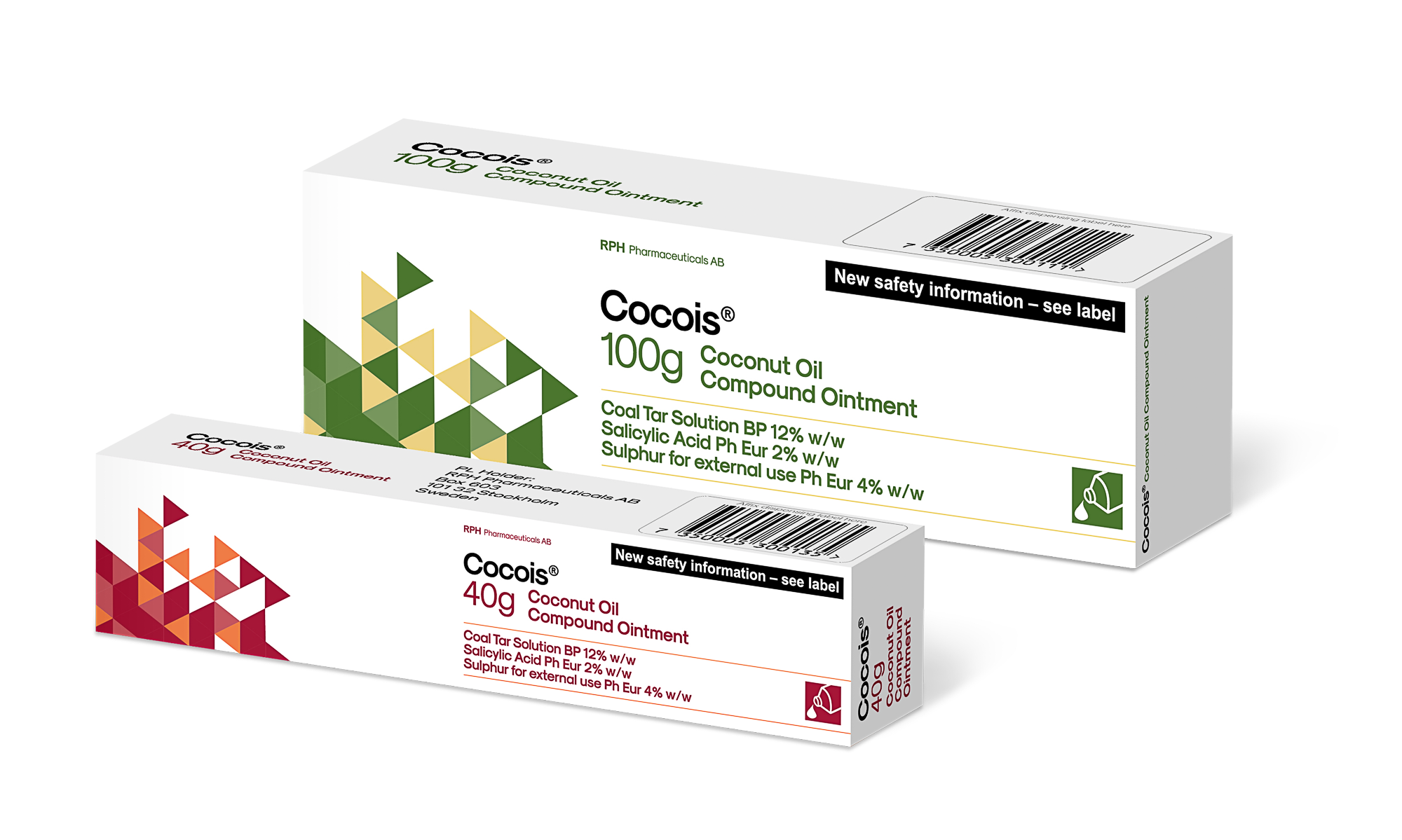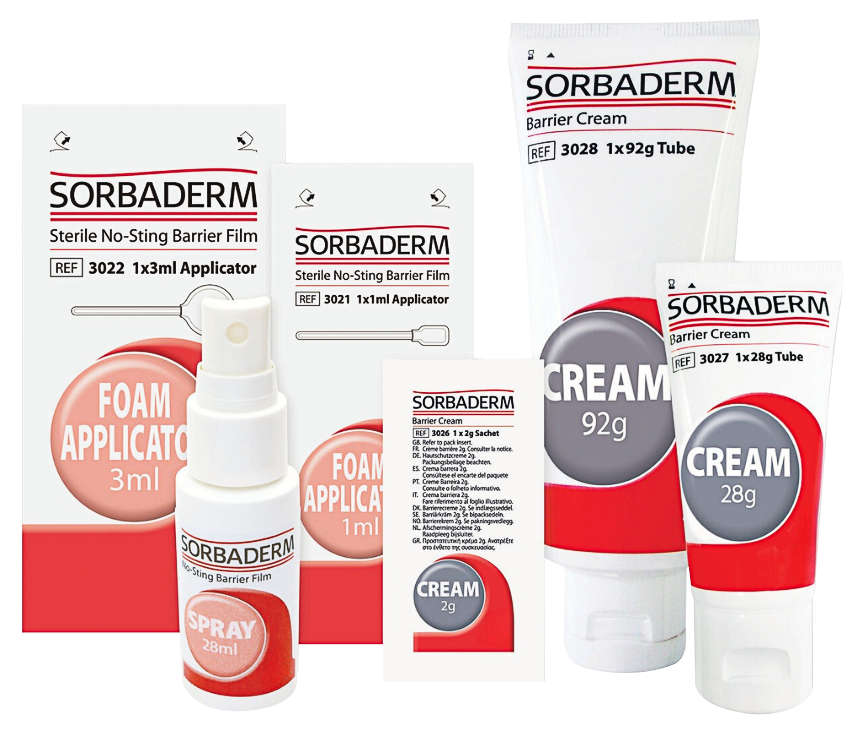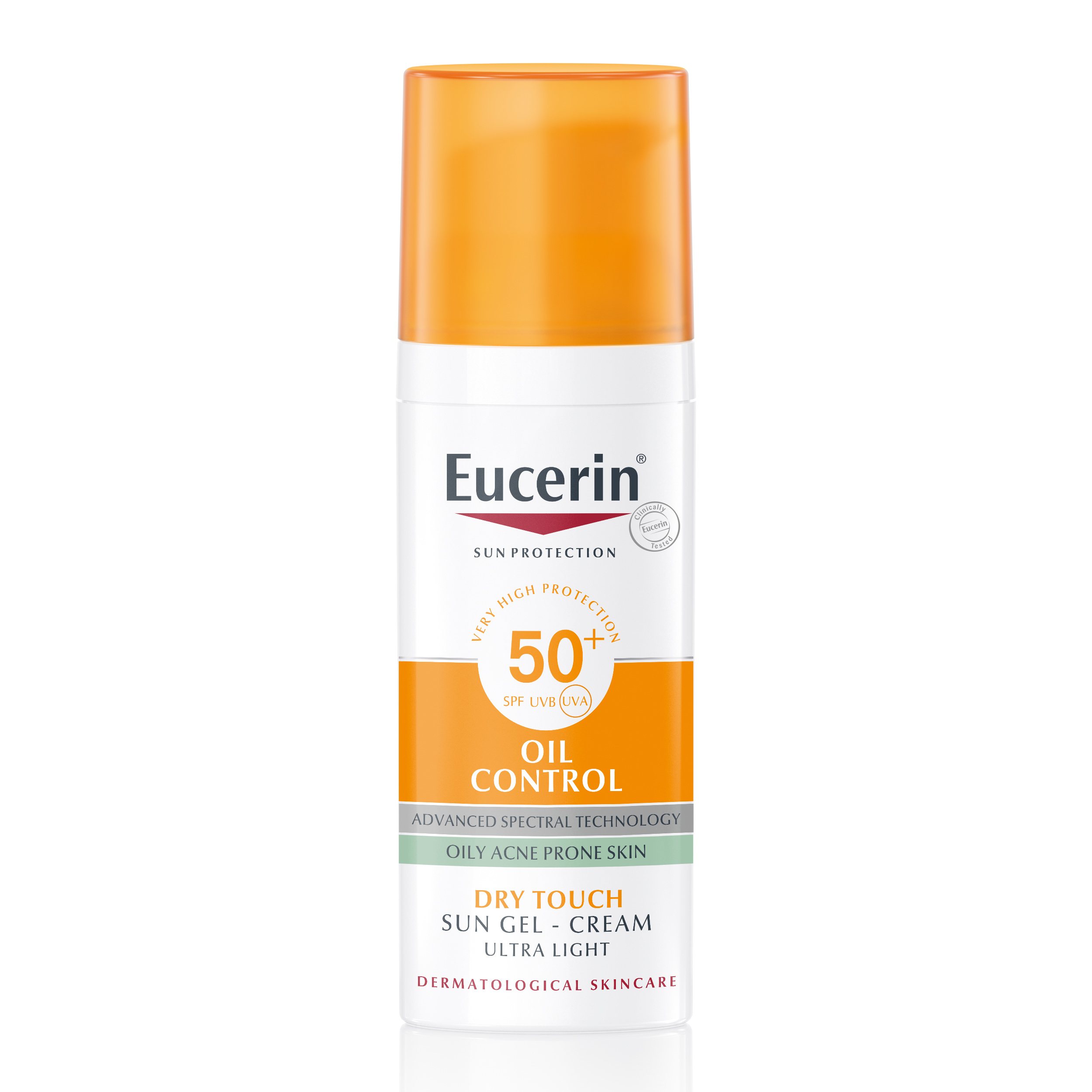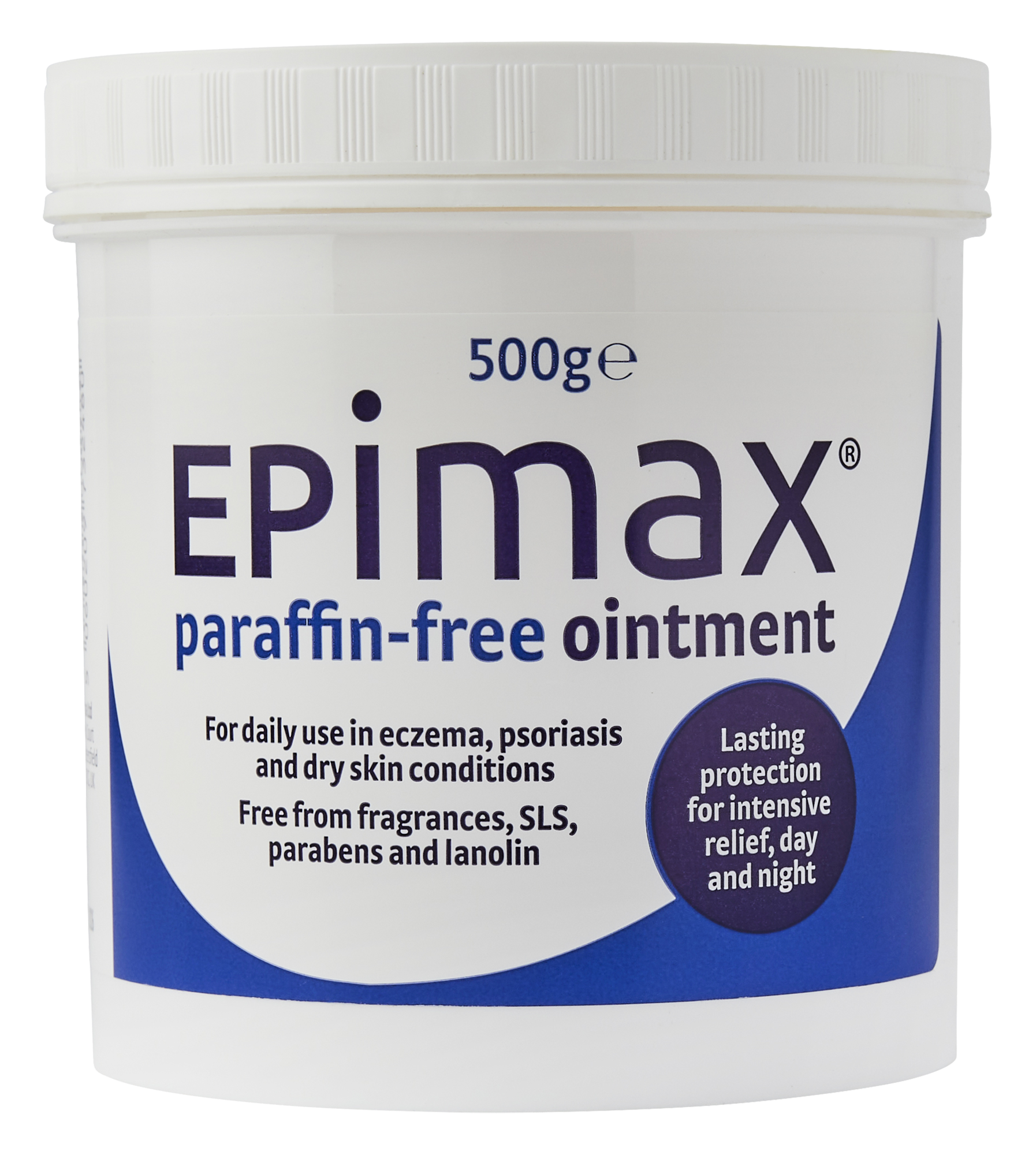
Epimax Paraffin-Free Ointment
Emollient for the relief of eczema, psoriasis, and other dry skin conditions. It can be used as a bath additive or as a body wash. It contains 38% hydrogenated castor oil and is free from sodium lauryl sulphate (SLS), lanolin, parabens, and perfumes.

